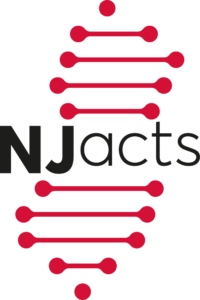 Please read Dr. Crystal’s article in the Journal of Substance Abuse Treatment titled, “Non-prescribed buprenorphine preceding treatment intake and clinical outcomes for opioid use disorder.“
Please read Dr. Crystal’s article in the Journal of Substance Abuse Treatment titled, “Non-prescribed buprenorphine preceding treatment intake and clinical outcomes for opioid use disorder.“
Buprenorphine, the most frequently prescribed medication for opioid use disorder (OUD), is the only form of opioid agonist treatment for OUD prescribed from a general office setting. It is highly effective at reducing opioid use, overdose, all-cause mortality, and improving quality of life. However, these protective effects mostly occur during care episodes and are lost once patients discontinue medication.
Retention in care, a longtime primary outcome in addiction treatment studies, is critical to improving patient outcomes. Unlike other medications, buprenorphine prescribing has been subject to special training requirements, monitoring and reporting requirements, and patient caps, all of which have contributed to uneven access, underutilization, and disparities in retention. Amid the largest year-over-year increase in overdose deaths following COVID-19, in April 2021 the U.S. Department of Health and Human Services announced liberalized training requirements for prescribing buprenorphine, following earlier emergency actions to expand treatment access (e.g., use of telemedicine, relaxed licensure requirements), with uncertainty about long-term continuation. To read the full article.
Non-prescribed buprenorphine preceding treatment intake and clinical outcomes for opioid use disorder. Williams AR, Mauro CM, Feng T, Wilson A, Cruz A, Olfson M, Crystal S, Samples H, Chiodo L. J Subst Abuse Treat. 2022 Aug;139:108770. PMID: 35337715 PMCID: PMC9187606 DOI: 1016/j.jsat.2022.108770 Epub 2022 Mar 21.
